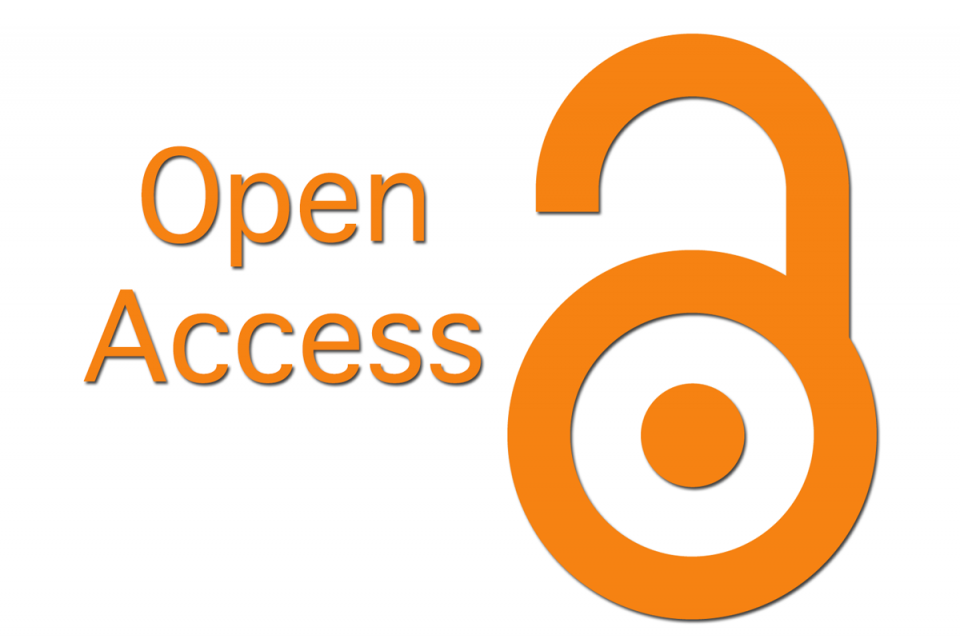A Prospective Study to Validation of Modified Early Warning Score (MEWS) in Predicting Complications of Road Traffic Accidents (RTA): At Emergency Medicine Department of Rama Medical college Kanpur
DOI:
https://doi.org/10.48047/Keywords:
Modified early Warning Score (MEWS), Negative predictive value (NPV) Positive predictive value (PPV), Road traffic Accident (RTA)Abstract
Background Road traffic accidents (RTAs) are a leading cause of morbidity and mortality worldwide. The timely identification of complications in RTA victims is critical for improving patient outcomes. The Modified Early Warning Score (MEWS) is an established clinical tool used to identify deteriorating patients by evaluating vital signs and level of consciousness.
Downloads
References
- Subbe, C. P., et al. (2001). "The Modified Early Warning Score (MEWS) as a predictor of critical illness in patients presenting to the emergency department." Emergency Medicine Journal, 18(3), 128133.
- Alam, H. B., et al. (2007). "The role of early warning scores in trauma and emergency management." Trauma Surgery & Acute Care Open, 2(1), e000073.
- Smith, G. B., et al. (2008). "The modified early warning score (MEWS) as a predictor of patient deterioration in hospital: a retrospective study." Critical Care, 12(3), R139.
Downloads
Published
Issue
Section
License

This work is licensed under a Creative Commons Attribution 4.0 International License.
You are free to:
- Share — copy and redistribute the material in any medium or format for any purpose, even commercially.
- Adapt — remix, transform, and build upon the material for any purpose, even commercially.
- The licensor cannot revoke these freedoms as long as you follow the license terms.
Under the following terms:
- Attribution — You must give appropriate credit , provide a link to the license, and indicate if changes were made . You may do so in any reasonable manner, but not in any way that suggests the licensor endorses you or your use.
- No additional restrictions — You may not apply legal terms or technological measures that legally restrict others from doing anything the license permits.
Notices:
You do not have to comply with the license for elements of the material in the public domain or where your use is permitted by an applicable exception or limitation .
No warranties are given. The license may not give you all of the permissions necessary for your intended use. For example, other rights such as publicity, privacy, or moral rights may limit how you use the material.







